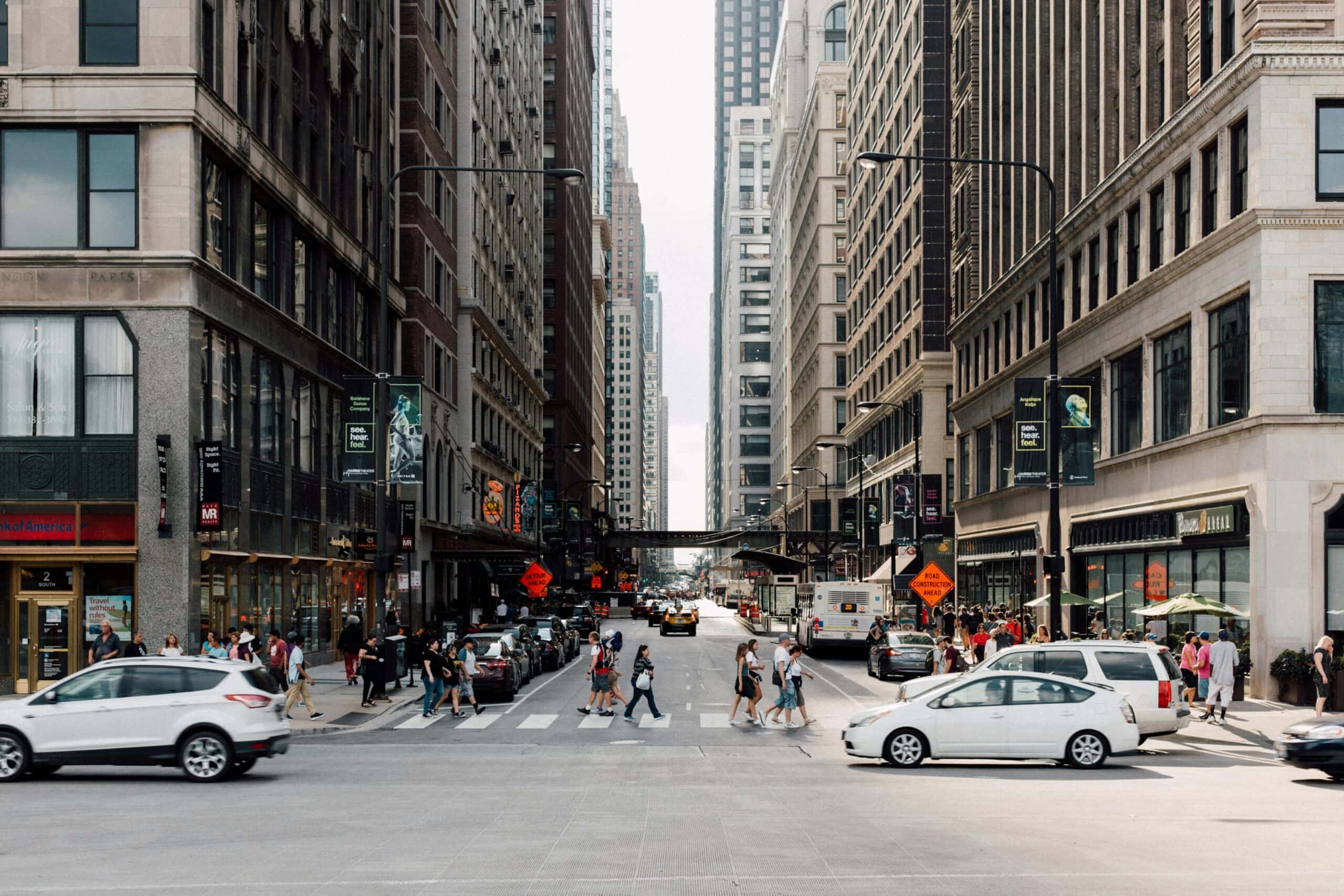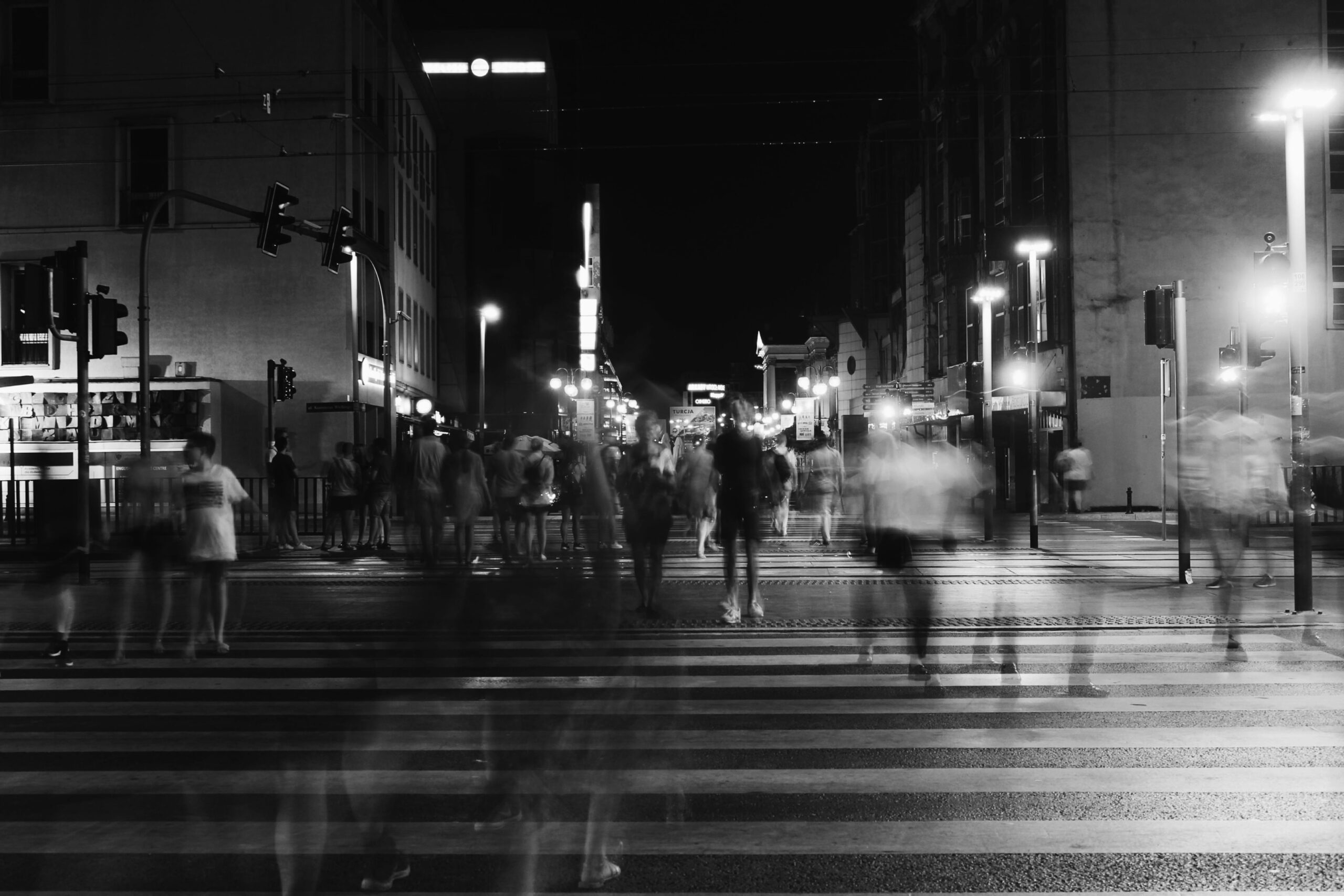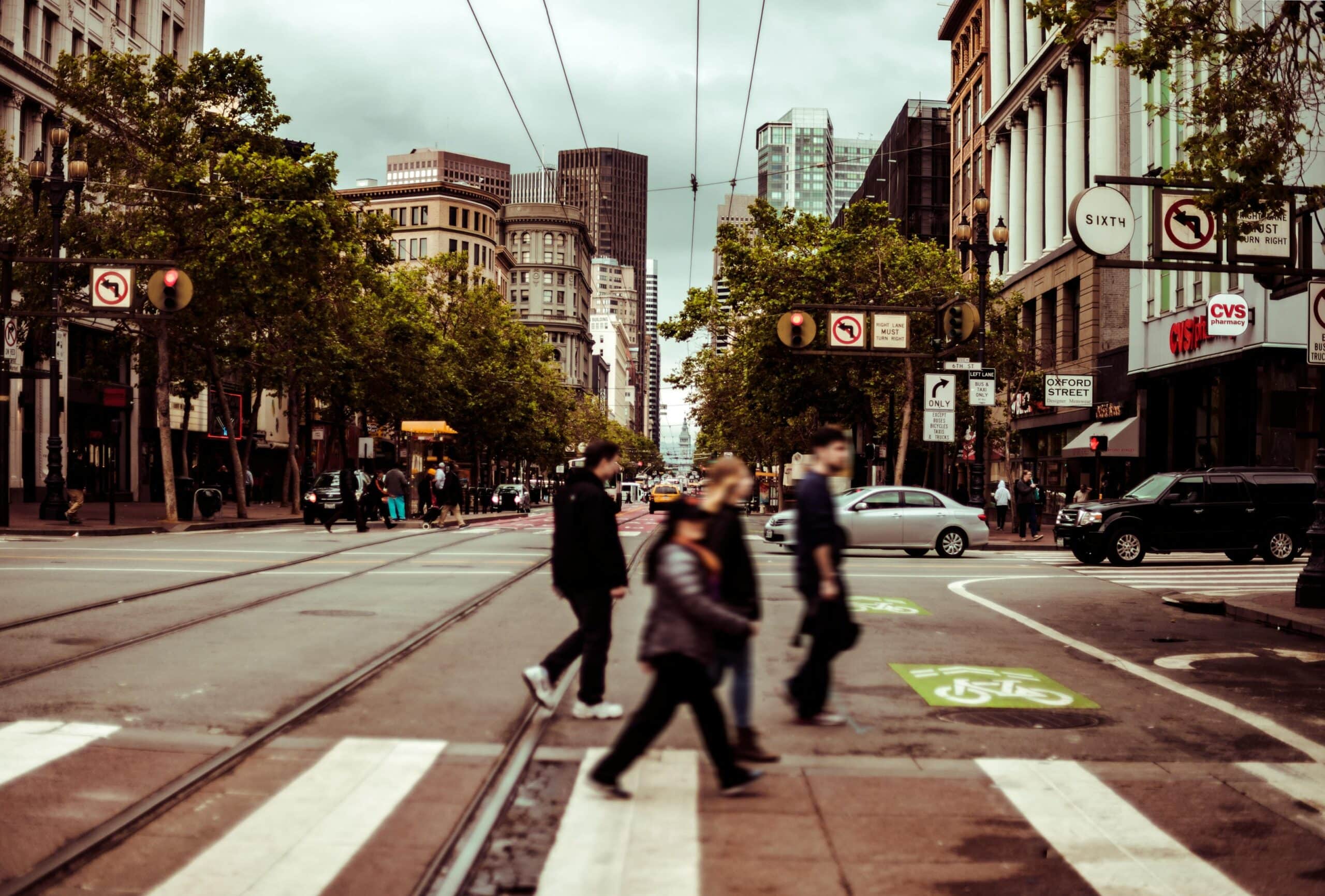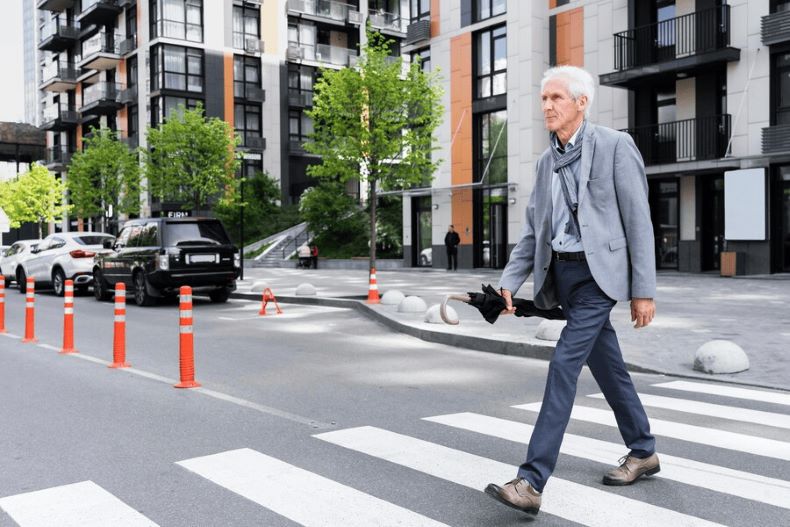
A pedestrian accident can be life–altering, leaving victims with injuries, medical bills, and insurance complications. The aftermath is often overwhelming, making it crucial to understand the potential pitfalls that could weaken your claim.
If you’ve been involved in a pedestrian accident, knowing what could hurt your claim is just as important as knowing your legal rights. Personal injury law exists to protect victims, but certain red flags can weaken your case and make it harder to secure the compensation you deserve. From dealing with insurers to gathering crucial evidence, avoiding common mistakes can make all the difference.
Below, we break down the biggest red flags that could jeopardize your pedestrian accident claim—and what you can do to protect yourself. Whether you’re facing medical expenses, lost wages, or long-term injuries, understanding these warning signs can help you take legal action with confidence.
1. Failing to Seek Immediate Medical Treatment
One of the most critical mistakes an injured pedestrian can make is delaying medical treatment. Even if your injuries seem minor, failing to see a doctor right away can weaken your claim. Insurance companies often argue that a delay in medical care means the injuries weren’t serious or weren’t caused by the accident.
Why Immediate Medical Attention Matters:
Proves the Severity of Injuries: Medical records provide evidence that links your injuries directly to the accident.
Prevents Complications: Some injuries, like internal bleeding or concussions, may not show symptoms immediately but can worsen over time.
Strengthens Your Legal Case: Seeking medical treatment immediately shows that you took the accident seriously, making it harder for the insurer to dispute your claim.
Example Scenario:
Emily, a pedestrian, was struck by a motor vehicle while crossing a roadway. Initially, she experienced soreness but dismissed it as a minor injury and chose not to seek medical treatment immediately. However, within a week, her condition worsened—she began experiencing severe pain and persistent dizziness. When she finally consulted a doctor, her injuries were more severe than she had anticipated. Unfortunately, the delay in seeking medical care provided the insurance company with grounds to challenge her claim. The insurer claimed that an unrelated incident could have caused her injuries, ultimately reducing her compensation.
Failure to seek prompt medical treatment not only puts your health at risk but also gives the insurer a reason to downplay your injuries.
2. Not Reporting the Accident Right Away
Failing to report the accident can be a major red flag. A lack of official documentation can give the insurance company room to dispute your claim, arguing that the accident never happened or that the driver wasn’t at fault.
Steps to Take:
Call the police immediately and file an accident report.
Gather information from the driver, including insurance details.
Get witness statements and their contact information.
Take photos of the accident scene, including traffic signals, crosswalks, and your injuries.
If a driver runs a red light and hits a pedestrian, reporting the accident immediately helps establish fault and strengthens your claim. Some states mandate reporting pedestrian accidents to law enforcement, making an official report crucial for supporting your claim.
3. Admitting Fault or Saying Too Much to the Insurance Company
After an accident, it’s natural to feel overwhelmed, but what you say can be used against you. Even a simple statement like “I didn’t see the car” can be twisted to suggest you were at fault.
What to Avoid:
Do not apologize or admit fault.
Limit conversations with the insurance adjuster—let your pedestrian accident attorney handle communications.
Never accept a settlement offer without first consulting a personal injury lawyer.
When discussing the accident, avoid statements that could be misinterpreted—insurance adjusters are trained to evaluate claims in a way that benefits the insurer. Insurance adjusters are not on your side; their goal is to minimize payouts. Anything you say can be used to reduce your claim or deny it altogether.
4. Lack of Sufficient Evidence
Strong pedestrian accident cases rely on solid evidence. If you don’t collect enough proof, your claim may be weakened.
Key Evidence to Gather:
Photographs: Take pictures of your injuries, the accident scene, and any traffic signs or signals.
Witness Statements: Eyewitnesses can support your version of events.
Medical Records: Keep detailed records of all medical treatment and expenses.
Police Report: This document establishes facts and can help prove liability.
Gathering strong evidence ensures that you can present a clear and convincing case, whether dealing with an insurer or taking legal action. Without strong evidence, proving fault becomes difficult.
5. Accepting a Quick Settlement Offer
Many accident victims accept the first settlement offer without realizing they may be entitled to more compensation. Insurance companies often offer low settlements to close cases quickly.
Why You Shouldn’t Settle Too Soon:
Medical Expenses Add Up: Some injuries require long-term care, which may not be covered by the initial settlement cost.
Lost Wages Matter: If you’re unable to work due to chronic pain or severe injuries, you deserve compensation for lost income.
Accepting an early settlement may seem tempting, but it could result in lower compensation than you truly deserve, leaving you struggling to pay for ongoing medical expenses.
6. Not Understanding Comparative Negligence Laws
Pedestrian accident laws vary by state, and some follow comparative negligence rules. This means that if you are found partially at fault, your compensation may be reduced.
Example Scenario:
Mark was struck by a speeding driver while crossing the street outside a designated crosswalk. During the legal proceedings, the court found him to be 20% at fault for the accident. Under comparative negligence laws, which reduce compensation based on a victim’s share of fault, his total settlement was decreased by 20%.
This case illustrates how fault allocation can impact a pedestrian accident claim, emphasizing the importance of understanding liability laws when pursuing compensation.
7. Not Hiring a Pedestrian Accident Attorney
Handling a personal injury claim alone can be overwhelming. Without legal representation, you may miss critical deadlines, misinterpret legal procedures, or accept an unfair settlement.
Benefits of Hiring a Lawyer:
Extensive Experience: Personal injury attorneys understand how to handle insurance companies and legal complexities.
Stronger Negotiations: A pedestrian accident attorney knows how to fight for fair compensation.
Court Representation: If necessary, a lawyer can take your case to court.
A qualified attorney with extensive experience, recognized by the state bar, can effectively represent you in negotiations and, if necessary, in court. Most personal injury cases are settled out of court, but having an attorney increases your chances of receiving full compensation.
Protect Your Rights After a Pedestrian Accident
If you’ve been injured in a pedestrian accident, don’t let these red flags hurt your claim. Seeking immediate medical treatment, gathering strong evidence, and consulting a pedestrian accident attorney can make a huge difference in your recovery and compensation.
At Bourassa Law Group, our personal injury attorneys have extensive experience representing injured pedestrians. We understand the challenges you face, from medical bills to lost wages, and we’re here to help. Contact our law firm today for a free consultation, and let us fight for the compensation you deserve.





